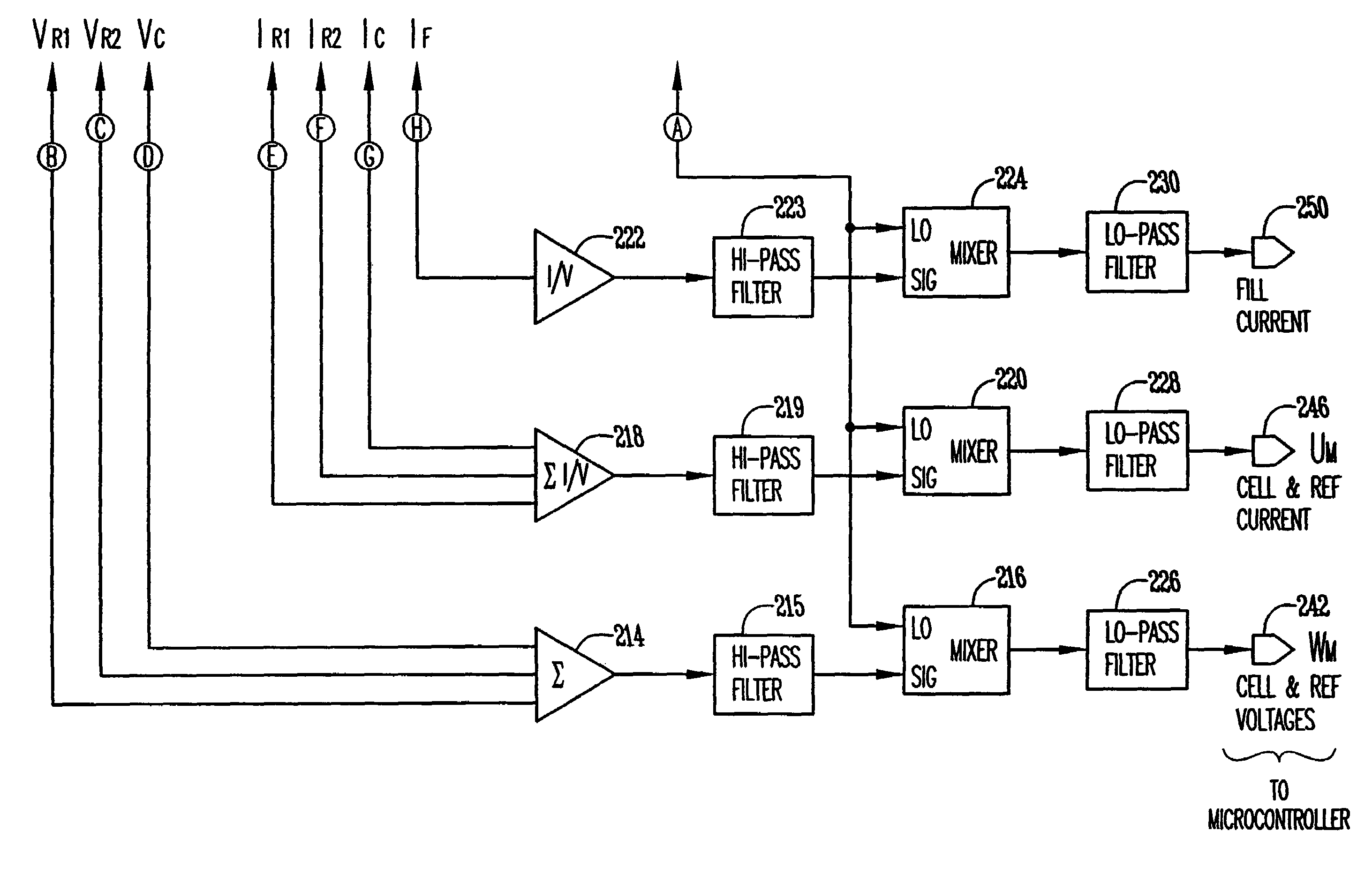Multiple frequency grain moisture sensor for combines
a moisture sensor and multi-frequency technology, applied in resistance/reactance/impedence, instruments, food testing, etc., can solve the problems of inoperable moisture sensor, lag time or delay, readings may be inaccurate, etc., to reduce fringe effects, uniform electric field density, and equal grain sensitivity
- Summary
- Abstract
- Description
- Claims
- Application Information
AI Technical Summary
Benefits of technology
Problems solved by technology
Method used
Image
Examples
Embodiment Construction
[0041]FIG. 1A shows a combine having a grain moisture sensor according to the present invention. In FIG. 1A, the combine 2 is shown with a grain tank 10. In addition, the clean grain elevator 4 is shown. Grain from the clean grain elevator 4 travels to the transition housing 15 of the grain tank 10. The sump 6 of the transition housing is also shown.
[0042]FIGS. 1B and 1C show side views of the grain moisture sensor of the present invention as mounted in a combine. The grain tank 10 shown includes the grain moisture sensor 12. The grain moisture sensor 12 is located in the grain tank 10 of the combine near the mass flow sensor 11. The cell opening 16 is located below the impact plate 14 in the transition housing 15. Although an impact plate 14 is shown, the present invention contemplates that other deflectors can be used. In this location, the cell 13 is positively filled due to the direct or indirect velocities of grain created from the clean grain elevator paddles (not shown). This...
PUM
 Login to View More
Login to View More Abstract
Description
Claims
Application Information
 Login to View More
Login to View More - R&D
- Intellectual Property
- Life Sciences
- Materials
- Tech Scout
- Unparalleled Data Quality
- Higher Quality Content
- 60% Fewer Hallucinations
Browse by: Latest US Patents, China's latest patents, Technical Efficacy Thesaurus, Application Domain, Technology Topic, Popular Technical Reports.
© 2025 PatSnap. All rights reserved.Legal|Privacy policy|Modern Slavery Act Transparency Statement|Sitemap|About US| Contact US: help@patsnap.com



